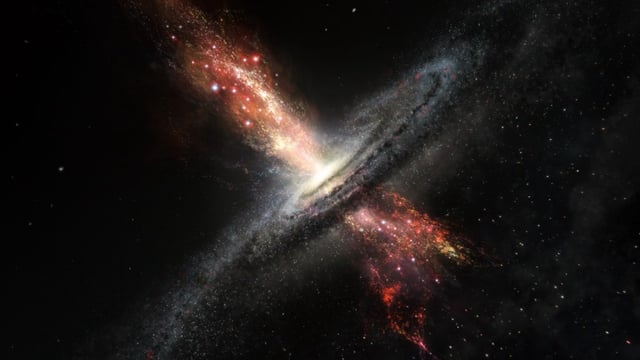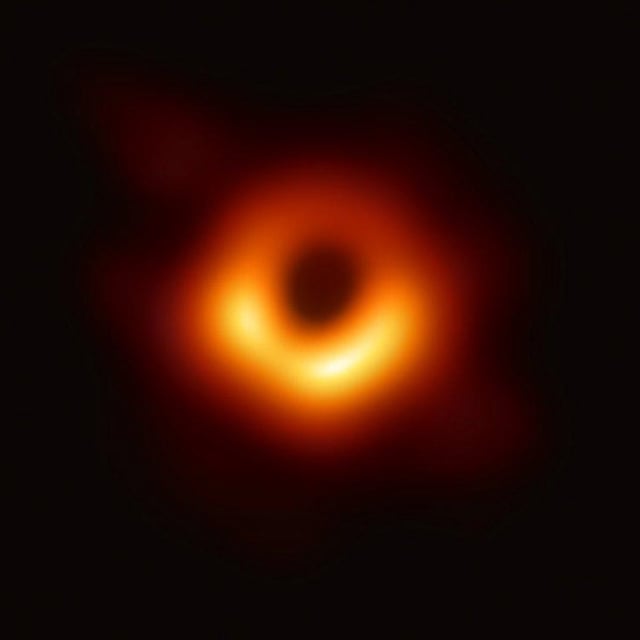Overview
- The quasar SMSS J052915.80-435152.0 (J0529), more than 12 billion light-years away, now has a dynamical mass estimate of roughly 0.8–1 billion solar masses.
- Earlier single-epoch spectral methods pegged the black hole far higher, but GRAVITY+ measurements indicate those techniques were biased for this early-universe object.
- Combining light from four telescopes at ESO’s Very Large Telescope, GRAVITY+ spatially resolved the broad-line region to separate orbital motion from non-gravitational flows.
- The team detected extreme outflows near 10,000 km/s, with most nearby gas being blown away rather than accreting, a process that can make quasars appear more massive.
- The analysis is posted on arXiv and linked to an Astronomy & Astrophysics submission, and further VLT campaigns are planned to see if many early black hole masses need recalibration.


